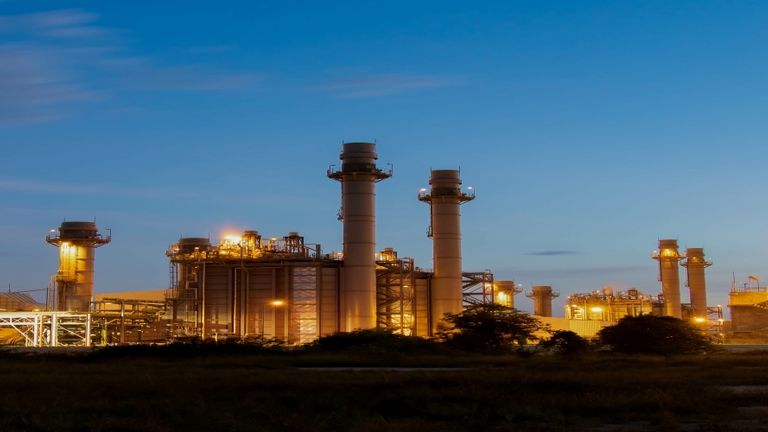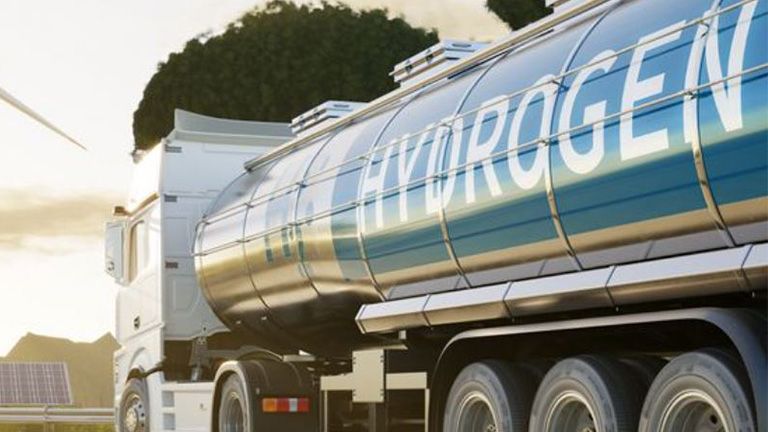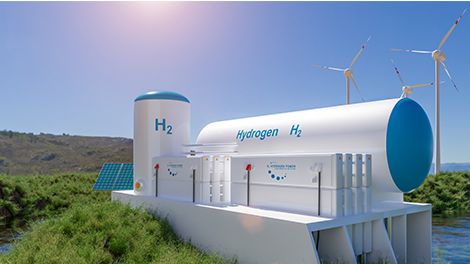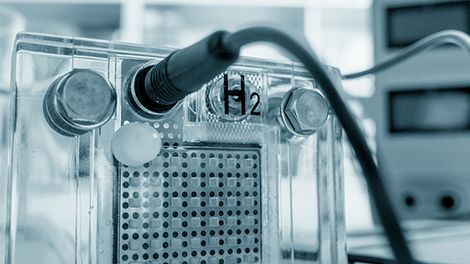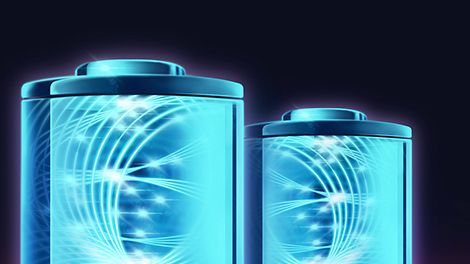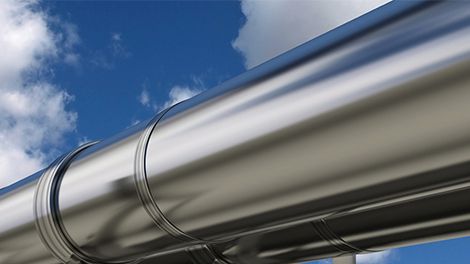Potentials of hydrogen as an energy carrier
Hydrogen (H2) has great potential to play a decisive role for the future of Germany as a business location. Compared internationally, Germany is well positioned with regard to the development and export of technologies for hydrogen and power-to-X. However, additional political measures are necessary to achieve international competitiveness. Hydrogen is not only an important building block for achieving the climate goals that are essential for the future of our planet. The competitiveness and innovative capacity of the German economy can also only benefit from hydrogen.
Advantages of hydrogen
The use of hydrogen offers numerous advantages, with the following benefits being particularly important for climate protection and the economy:
- The combustion of the carbon-free energy carrier hydrogen does not produce any pollutants are produced during the combustion of the carbon-free energy carrier hydrogen.
- In general, hydrogen production is possible with all electricity sources. This allows the production of green hydrogen by means of electrolysis using renewable energies.
- For renewable energies, hydrogen acts as an effective energy store: it can be used to compensate for fluctuations in power generation from solar and wind energy, which contributes to their improved integration and to securing the power supply.
- Hydrogen can make an important contribution to the decarbonization of economic sectors such as industry, transport or heat.
- In combination with fuel cells, hydrogen has great potential to become the key technology for development and value creation in the fuel sector.
Energy of the future: This is how hydrogen is produced

Renewable energies

Electrolyzer

Natural gas as a source

Steam reforming

Methane pyrolysis

Use/ Storage

Specific application
National Hydrogen Strategy of the Federal Government
H2 readiness and the establishment of a corresponding hydrogen infrastructure create the prerequisites for achieving numerous goals - a successful energy transition, an economic use of hydrogen and a rapid market ramp-up. In this respect, the German Federal Government has set a fundamental course and defined ambitious goals with the National Hydrogen Strategy adopted on June 10, 2020. It stated that concrete instruments would be needed in the coming years to promote and stimulate the market ramp-up of hydrogen along the entire value chain. The spectrum ranges from the production of hydrogen to its storage and transport (e.g. through hydrogen pipelines) to its widespread use in all sectors.
Hydrogen is a topic with many facets - from production, transport and storage to use. With our expertise, know-how and many years of experience, we are an independent partner for safety and security by being able to test, inspect and certify various aspects of hydrogen technology.
TÜV NORD: Your partner for hydrogen safety
For more than
years, we have been turning technical revolutions into safe investments.
By
TÜV NORD Group plans to be climate neutral.
We are
one strong partner at your side.
It is crucial for the market ramp-up and in particular the role of hydrogen as an energy carrier of the future to dispel reservations of the population about hydrogen. However, the National Hydrogen Strategy does not yet give sufficient consideration to the safety aspects of hydrogen. In order for the necessary confidence in hydrogen technology to develop, measures are needed for safe operation, accident prevention and the control of incidents. Moreover, this is not only the prerequisite for the public's trust in hydrogen, but also the cornerstone for developing the potential for a sustainable and safe future. A safe infrastructure prevents environmental damage from hydrogen and reduces costs.
In the market introduction and establishment of hydrogen technologies, reliable and independent safety and quality standards lead to a competitive and locational advantage for Germany. This is the only way to achieve the goal of H2 readiness. With its comprehensive expertise and experience in the areas of hydrogen technology, industry, renewable energies, environmental protection and sustainability, in combination with its very own knowledge of safety issues, TÜV NORD is a valuable partner for the safety of the energy carrier of the future. Be it in plants and infrastructure or the production, storage, transport and use of hydrogen: TÜV NORD supports all players involved in the market ramp-up of hydrogen with test procedures, tests and certifications.
Testing and certification are usually at the end of the value chain. When it comes to the start of hydrogen projects, i.e. the first expert opinion, the feasibility study, or the H2-ready plant planning, we have a separate, operational division for consulting, engineering, and training under the umbrella of TÜV NORD GROUP. The hydrogen experts there bundle their expertise in the HydroHub. So if you want to get started with your hydrogen project, the HydroHub offers itself as a sparring partner.

